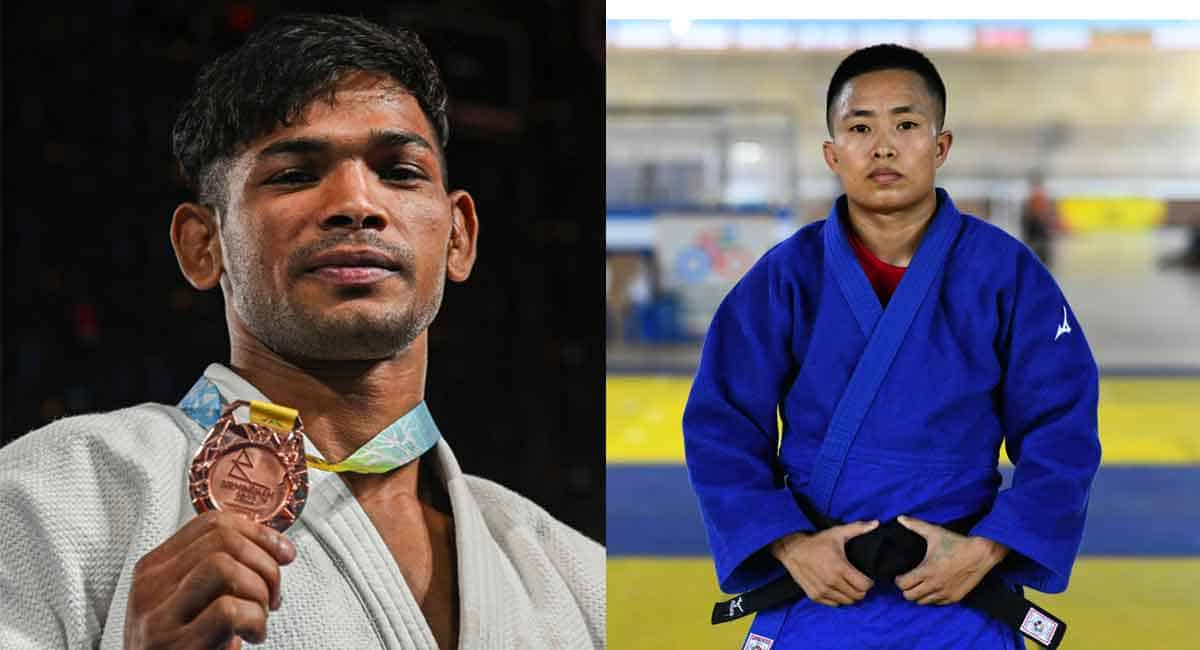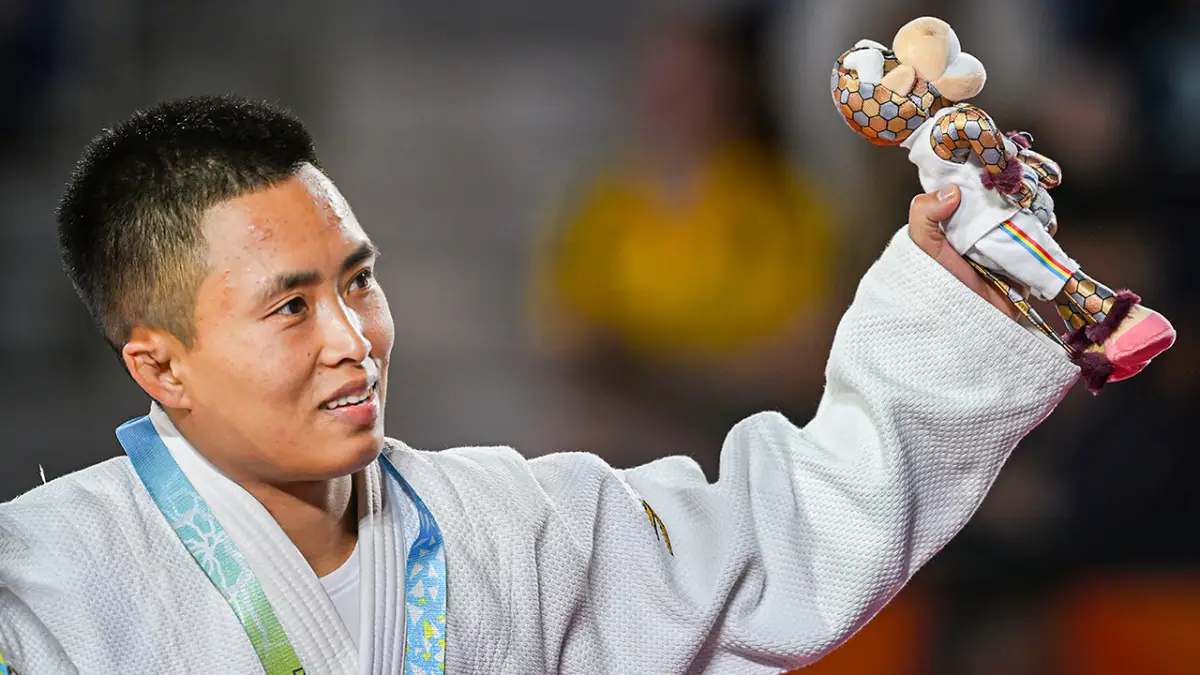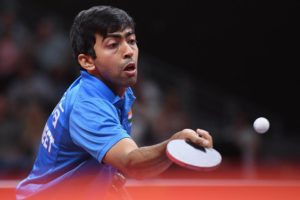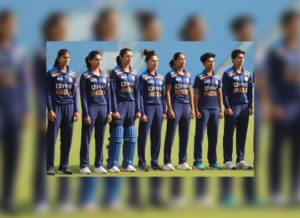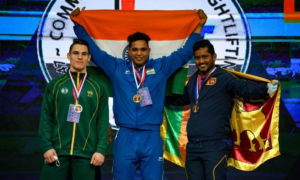All You Need to Know About Judo
Judo is a comparatively new martial art founded in Japan by Professor Jigoro Kano. In the development of judo, he incorporated many elements and principles of the significantly older combat school jujitsu.
In 1951, the International Judo Federation (IJF) was established. Judo coalitions from Europe and Argentina formed the IJF. Over the next 10 years, nations from four continents were associated. The IJF now has 200 National Federations across all continents. According to the IJF, there are about 20 million people who train judo worldwide.
It took some time for judo to gain popularity as a professional sport until the All-Japan Judo Championships were established in 1930. Judo premiered as a demonstration sport in the Olympics in Los Angeles just two years later. Still, it wasn’t until Tokyo organized the Games in 1964 that it was declared a recognized Olympic event for men, subsequently for women at 1992 Barcelona.
- Judo bouts are contested on 14 m X 14 m tatami (mats) with a battle area of 10 m X 10 m set inside. Judokas (athletes) should bow before entering the mat and bow to one another before and after training and matches.
- Judokas should wear the required Gi (uniforms), which must be no more than 5 cm above the wrists and the ankles and be fastened with the appropriate form of a knotted belt.
- In international tournaments, matches span five minutes and are decided when one judoka is handed the ippon (highest score). If no ippon is granted, the victor is the player with the highest total at the end of the contest. If the scores are deadlocked, the game is adjudicated by a Golden Score round, and if that fails as well, the ruling of the referee and corner umpires is conclusive.
- Penalties are imposed for minor (shido) or severe (hansoku) rule violations. Four shidos, as well as one hansoku, culminate in the adversary receiving ippon.
- Judokas are not authorized to use any of the barred methods, such as targeting joints (excluding the elbow), pounding or stomping competitors, contacting the opposition’s face, or assaulting the opponent in any manner.
Judo is a discipline that is prevalent in India. The first documented mention of judo in India alludes to displays and mentoring by Japanese judoka Shinzo Takagaki in Shantiniketan in 1929, which Rabindranath Tagore structured. In 1965, the Judo Federation of India (JFI) was established.
In 1966, the JFI organized the inaugural National Judo Championship in Hyderabad. For the first time, an Indian team competed in an international judo tournament at the 1986 Asian Games in Seoul, marking the first time judo was featured as a sport at the Asian Games.
In its first international judo competition, India secured four bronze medals. Indian judokas have also featured in the Olympics.
Thoudam Kalpana Devi of Manipur became the very first Indian to finish in the top three in the 2010 Judo World Cup in Tashkent. Narendra Singh, Cawas Billimoria, Akram Shah, Angom Anita Chanu, Khumujam Tombi Devi, Avtar Singh, and Garima Chaudhary are among the more renowned Indian Judokas.
Judo is proving to be a happy hunting ground for medals other than weightlifting in the ongoing Commonwealth Games, with judoka Sushila Devi claiming a silver medal in the Women’s 48 kg division, her second in CWG events. In addition to Sushila, Vijay Kumar earned bronze in the Men’s 60 kg category, giving India a second judo medal. India’s future in the sport of judo promises to be excellent.


